

This Is The Beautiful Result Of Shocking Polaroids With 15,000 Volts. Once upon a time, a Brooklyn-based artist named Phillip Stearns stumbled upon a collection of instant color Fujifilm.
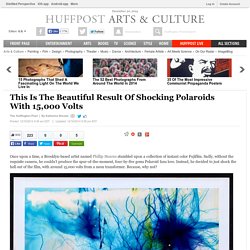
Sadly, without the requisite camera, he couldn't produce the spur-of-the-moment, four-by-five gems Polaroid fans love. Instead, he decided to just shock the hell out of the film, with around 15,000 volts from a neon transformer. Because, why not? FIBRE MYCELIUM PANEL DESIGN! – pete's super blog. Posted by pete inDesign Yr 1, Material Studyon June 10, 2014 The Below images show my 1:10 prototype for a Fibre Mycelium panel system.
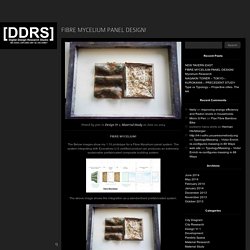
The system integrating with Ecovatives U.S certified product can produces an extremely sustainable prefabricated composite building system. The above image shows the integration as a standardised prefabricated system. Officina Corpuscoli » Mycelium Design – Images. Mycelium Materials – Samples Including strong, flexible, textile-like, water proof, semi-transparent, foam-like materials, etc.
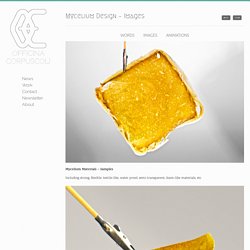
Natural Systems. This image is from the flooding in Pakistan where millions of spiders climbed in to the trees to escape the flood waters.
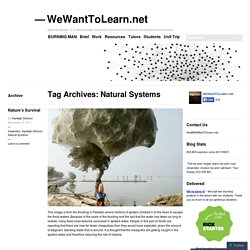
Because of the scale of the flooding and the fact that the water has taken so long to recede, many trees have become cocooned in spiders webs. People in this part of Sindh are reporting that there are now far fewer mosquitoes than they would have expected, given the amount of stagnant, standing water that is around.
Ecovative Design. MycoWorks. In a Manufacturing First, Innovative Material is Grown by Fungi. Biomimicry Published on January 5th, 2012 | by Susan Kraemer Normally manufacturers must rush their products off the assembly line, but EcovativeDesign has a novel approach.
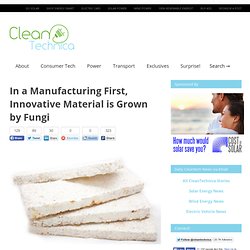
They just wait, up to week, and let mycelium do the manufacturing work to construct everything from insulation to packaging materials. In a completely new way to make stuff, they let mycelium – a fungal network of threadlike cells - grow the material by combining itself with agricultural byproducts like plant stalks and seed husks.
Mycelium is like the “roots” of mushrooms. We sow buildings ... We sow buildings and harvest them on the spot.

What is there is used. When you need more space, you simply let the building keep on growing. When winter comes your building develops a layer of fur. How to and how not to take a spore print. How to and how not to take a spore print Posted by Lola Milholland on December 21, 2011 · Leave a Comment A big brown husky mushroom was growing in my backyard, and my boyfriend Corey decided to take a spore print.

A spore print is one of the most reliable ways to identity a mushroom. When mushrooms open their gills, they release millions upon billions of seed-like spores. Mycelium Design - Science. We currently live in a consumption oriented society that needs to find eco-friendly solutions to deal with consumption and garbage.

Recycling and innovation on eco-friendly products are one of the great challenges the society has to deal with. An innovative approach is the use of mycelium for the development of materials. The mycelium of mushroom forming basidiomycetes has great potential for use in applications that relate to architecture and design. Myco Design Lab. Recycling: Mycology, Materials Science and Architecture by Tsvetomila Duncheva. GROWING-ARCHITECTURE-THROUGH-MYCELIUM-AND-AGRICULTURAL-WASTE.pdf. Mushroomwave.wikispaces.com/file/view/SYP Essay.pdf/313222236/SYP Essay.pdf. Quaddel on Behance.